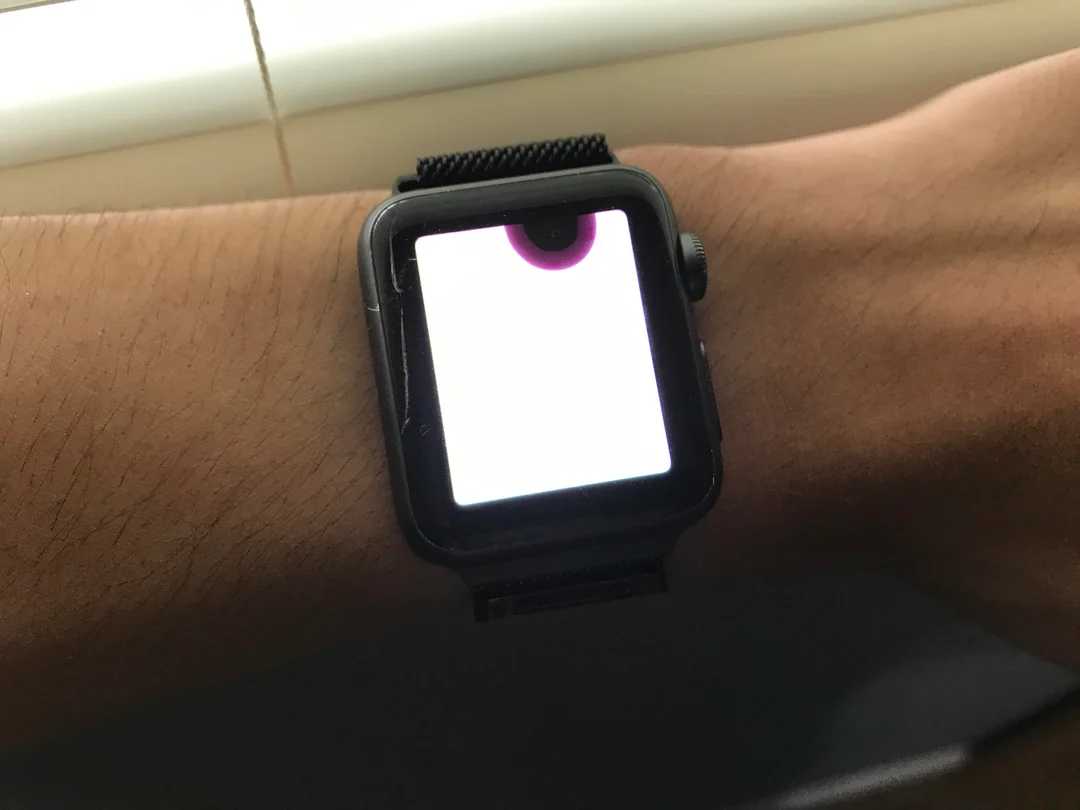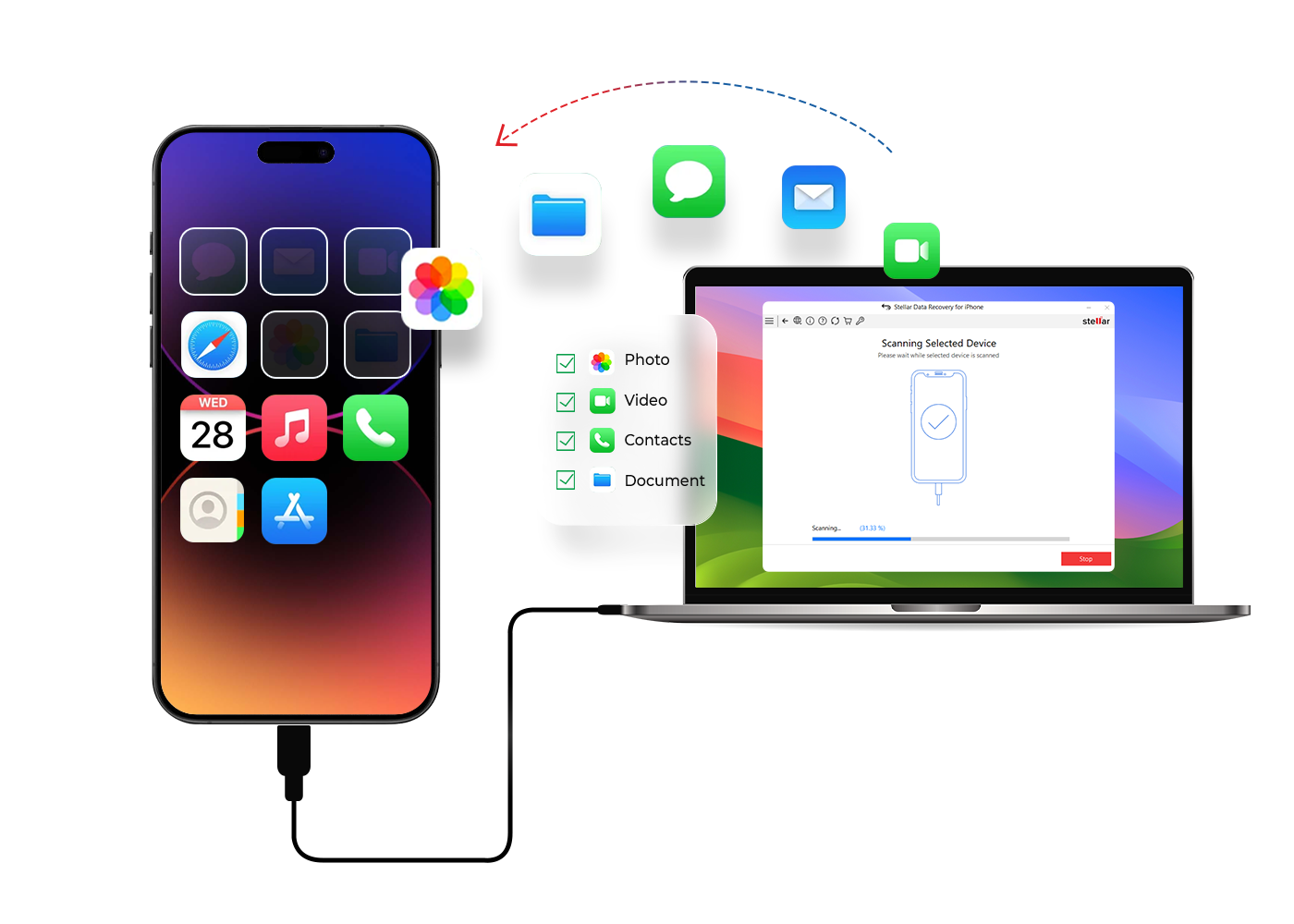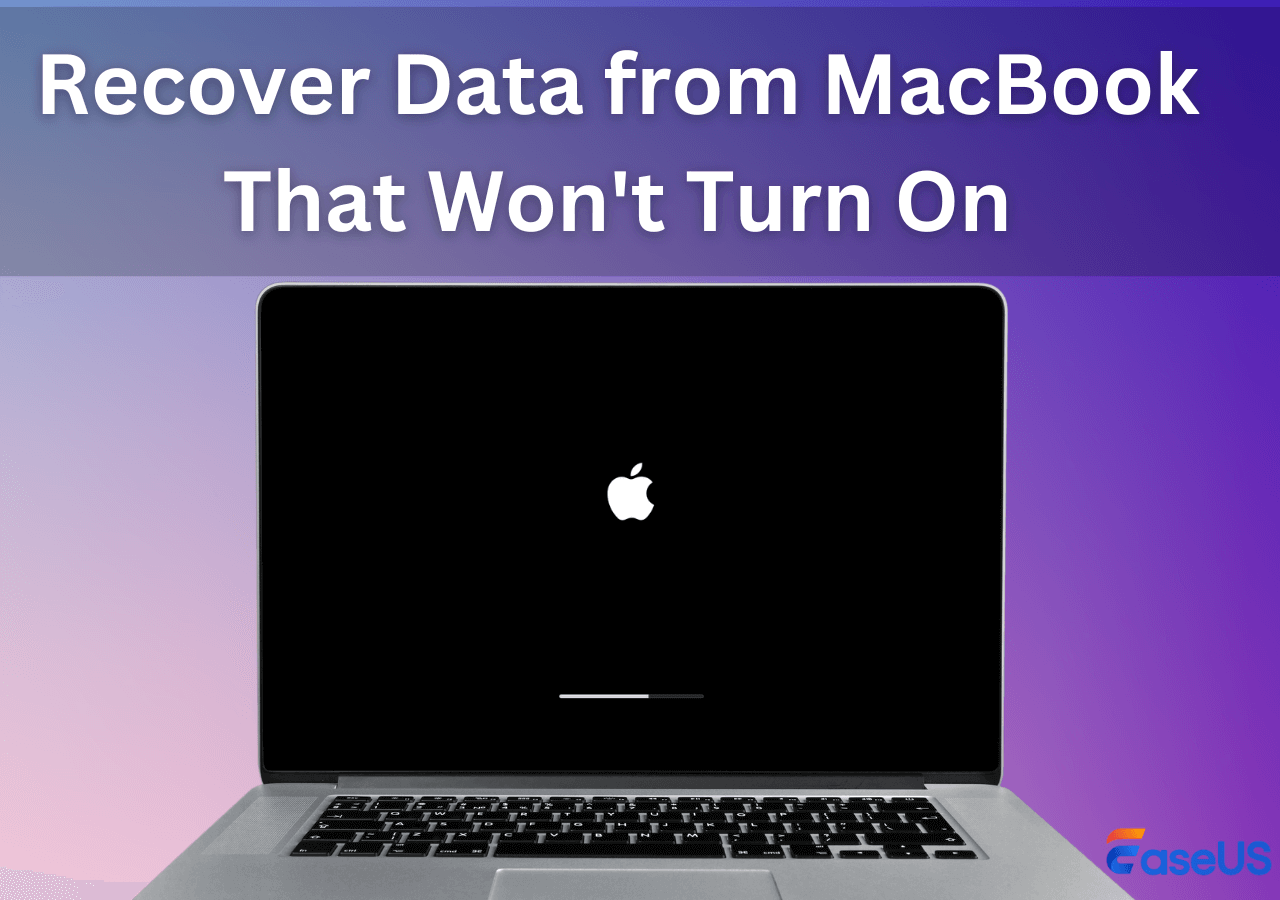Few experiences are as worrying as turning on your iMac after a software update — only to see a black screen staring back at you. When your iMac screen black after update issue appears, it can make you wonder whether the device is permanently damaged.
Fortunately, this problem is more common than you might think and is often fixable without professional replacement. By understanding the root causes and applying the right troubleshooting steps, you can usually restore your iMac’s display quickly and safely.
In this detailed guide, we’ll explore why your iMac screen turns black after an update, what immediate actions to take, and when it’s time to visit Milaaj Mobile and Laptop Repair Dubai for expert assistance.
Why Does iMac Screen Turn Black After Update?
When you encounter iMac screen black after update, the cause usually falls into one of these categories:
- Software Glitches:
- Sometimes, macOS updates fail to install properly, leaving corrupted display drivers or startup files.
- Firmware Issues:
- A failed firmware update can stop the graphics system from initializing, resulting in a black screen.
- NVRAM or SMC Errors:
- These memory components store key settings. After an update, they might get corrupted, preventing your iMac from displaying correctly.
- Graphics Card Failure:
- Updates sometimes push the GPU harder, revealing existing hardware weaknesses.
- Peripheral Interference:
- External drives, printers, or hubs connected during the update may cause boot conflicts that result in a black screen.
Therefore, identifying which of these is affecting your iMac is crucial before attempting repairs.
Step 1: Check for Basic Power Issues
Before assuming major problems, verify that your iMac is receiving power.
- Ensure the power cable is securely connected.
- Check if the power indicator light or startup chime appears.
- Try plugging into a different outlet or power strip.
Sometimes, the issue isn’t the display itself but rather a power delivery failure. Hence, this first check can save you unnecessary worry.
Step 2: Adjust Screen Brightness
It may sound simple, but one overlooked cause of iMac screen black after update is low brightness.
- Press the F1/F2 keys to increase brightness.
- If you’re using an external keyboard, ensure it’s properly connected.
In some cases, the display might appear black when it’s actually just dimmed. Thus, adjusting brightness is a quick way to rule this out.
Step 3: Disconnect All Peripherals
When facing iMac screen black after update, try disconnecting all external devices — such as USB drives, printers, and headphones.
Why?
Peripherals can interfere with macOS startup, especially if one of them contains bootable or corrupted files.
After disconnecting, restart your iMac. If the screen lights up, you’ve identified the culprit.
Step 4: Reset NVRAM
Resetting your NVRAM (non-volatile random-access memory) can often fix iMac screen black after update issues related to display configurations or startup settings.
To reset NVRAM:
- Turn off your iMac.
- Turn it back on and immediately press and hold Option + Command + P + R for about 20 seconds.
- Release the keys once the Apple logo reappears.
Consequently, your display and sound settings reset to default, often resolving display problems.
Step 5: Reset the SMC – iMac screen black after update
The System Management Controller (SMC) controls low-level functions like power and thermal management. If it malfunctions after an update, it can cause your iMac screen black after update scenario.
To reset the SMC:
- Shut down your iMac.
- Unplug the power cord.
- Wait for 15 seconds, then reconnect it.
- Wait another 5 seconds before pressing the Power button.
This reset helps restore normal hardware communication between the power system and the display.
Step 6: Boot in Safe Mode – iMac screen black after update
Safe Mode helps isolate faulty startup items or drivers.
To start in Safe Mode:
- Turn off your iMac.
- Turn it on and immediately hold Shift until the login screen appears.
In Safe Mode, macOS only loads essential files. If your display works here, then third-party software or extensions may have caused your iMac screen black after update issue.
Hence, uninstall any recently added apps or security programs before rebooting normally.
Step 7: Perform a PRAM and GPU Reset
If your iMac uses a dedicated graphics card, it may require a reset to recover display output.
To do this:
- Boot your iMac into Recovery Mode by holding Command + R during startup.
- Open Disk Utility → First Aid to repair any disk issues.
- Then, reinstall macOS if prompted.
This process, while slightly longer, can eliminate deep-rooted configuration problems affecting display performance.
Step 8: Test with an External Monitor
If your iMac screen black after update persists, connect an external monitor via HDMI or Thunderbolt.
If the external display works, the problem is isolated to your iMac’s internal display or backlight. However, if both screens remain black, the issue likely lies in the GPU or logic board.
Thus, testing with an external monitor helps narrow down the problem area efficiently.
Step 9: Reinstall macOS – iMac screen black after update
When all else fails, reinstalling macOS can restore system files that may have become corrupted.
To reinstall macOS:
- Boot into Recovery Mode (Command + R).
- Select Reinstall macOS and follow the prompts.
Make sure to back up your data first. This fresh installation can resolve the majority of iMac screen black after update problems related to system corruption.
Step 10: Check for Hardware Damage
If you’ve tried every software fix and your iMac screen black after update problem still remains, the cause may be hardware-related.
Common culprits include:
- Faulty display backlight
- Damaged logic board
- Defective graphics card
In such cases, DIY solutions are risky. Instead, rely on professionals like Milaaj, who specialize in diagnosing and repairing Apple devices.
Their team uses advanced diagnostic tools to pinpoint the issue precisely and perform repairs at a fraction of Apple Store costs.
Preventing Future iMac Screen Issues
Once you’ve resolved your iMac screen black after update, take preventive steps to avoid it in the future:
- Always back up your data before installing updates.
- Avoid interrupting updates midway.
- Keep your software updated to prevent compatibility issues.
- Use a UPS to protect against power loss during system updates.
- Avoid installing third-party extensions that interfere with macOS startup.
By following these tips, you can ensure your iMac runs smoothly after every update.
When to Visit a Professional Repair Center
While software fixes often work, hardware-related display issues require expert handling.
Milaaj offers:
- Professional diagnostics for iMac power and display systems.
- Logic board repair and GPU re-soldering.
- Original replacement screens and parts.
- Affordable service with warranty coverage.
Therefore, if your iMac screen black after update persists, seeking expert help ensures both safety and long-term performance.
FAQs – iMac Screen Black After Update
1. Why did my iMac screen turn black after updating macOS?
The update may have corrupted display drivers or caused firmware conflicts, leading to startup display failure.
2. Can I fix a black iMac screen at home?
Yes, you can try resetting NVRAM, SMC, and booting in Safe Mode. If these steps fail, professional repair is recommended.
3. Will reinstalling macOS fix the black screen?
In most cases, yes — reinstalling restores damaged system files and display drivers.
4. How long does it take to repair an iMac black screen issue?
Minor software repairs can take a few hours, while hardware diagnostics may take 1–3 days.
5. Is it expensive to fix an iMac screen that went black after update?
Repair costs depend on the issue’s cause. Milaaj Mobile and Laptop Repair Dubai offers competitive pricing for both software and hardware solutions.
6. Can an update damage my iMac hardware?
Not directly, but a failed update can expose existing hardware weaknesses, like a failing GPU or logic board.
7. How can I prevent this issue in the future?
Regular maintenance, clean shutdowns, and ensuring stable power during updates help prevent similar problems.
In conclusion, when your iMac screen black after update issue occurs, it may seem alarming — but in most cases, it’s fully recoverable. By following these troubleshooting steps carefully, you can often bring your iMac back to life without major repairs.
However, if you suspect deeper hardware issues, don’t risk DIY fixes. Instead, visit the trusted professionals at Milaaj Mobile and Laptop Repair Dubai for accurate diagnosis and reliable repair.
Ultimately, staying proactive with system updates, regular maintenance, and expert servicing ensures your iMac remains reliable and fully functional after every update.
📍 Visit Any Milaaj Branch in Dubai
🔹 Bur Dubai
Milaaj Mobile and Laptop Repair Dubai
📞 055 258 8477
🔗 Google Maps
🔹 Al Barsha
Milaaj Mobiles and Laptop Repair Al Barsha
📞 052 596 2846
🔗 Google Maps
🔹 Reef Mall (Salah Al Din)
Milaaj Service Center Reef Mall
📞 052 3405 814
📍 1st Floor, Shop 16, Deira
🔗 Google Maps
🔹 Al Nuaimiya
Milaaj Mobiles and Laptops Ajman
📞 055 788 9654
🔗 Google Maps
📧 Email: support@milaaj.com
🕒 Operating Hours: Monday – Sunday




Leave a Reply